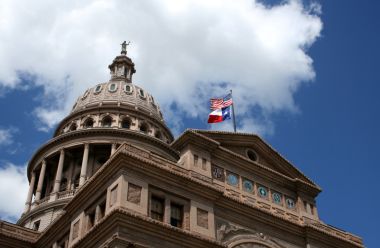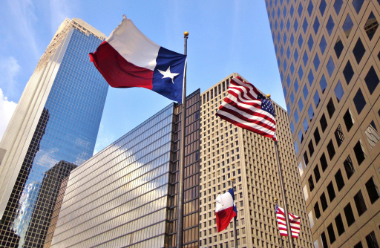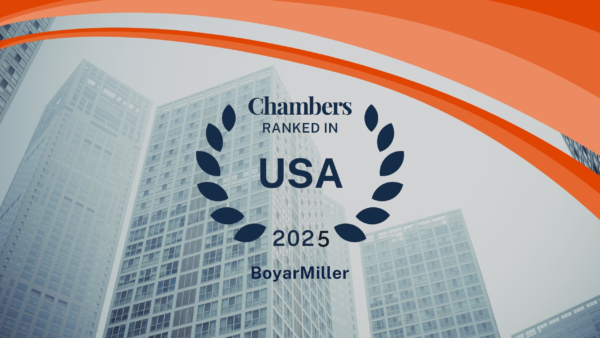With a deep understanding of your business alongside clear and honest communication, we help clients face challenges fearlessly.
Contact us today to learn more about our services and how we can help drive solutions.
Ask for Forgiveness, Not Permission: SBA publishes the PPP Loan Forgiveness Application
May 20, 2020
The Department of Treasury, in conjunction with the Small Business Administration, has recently posted the Loan Forgiveness Application for the forgiveness of loans funded under the Paycheck Protection Program (“PPP”) HERE. As hoped, the Loan Forgiveness Application clarifies a few points.
What does “paid and incurred” mean?
Payrolls costs that are paid and incurred during the first 8-weeks after PPP loan proceeds are disbursed (the “Covered Period”) are eligible for forgiveness. Payroll costs are considered incurred on the day that the employee’s pay is earned, and if not paid during the Covered Period, these incurred payroll costs will be eligible for forgiveness as long as they are paid on or before the next regular payroll date. Similarly, nonpayroll costs that are paid during the Covered Period or incurred during the Covered Period and paid on or before the next regular billing date, even if that date is after the Covered Period, are eligible for loan forgiveness. This means that borrowers will not need to modify their regular payroll schedules or bill pay cycles to maximize their potential loan forgiveness.
What is an FTE?
For purposes of the workforce reduction penalty calculation in the Loan Forgiveness Application, a full-time equivalent employee is one that works 40 hours per week.
Is there a penalty for reducing salaries of high paid employees by more than 25%?
No. Employers that reduce the salaries or wages of employees that make more than $100,000 annually below $100,000 will not be subject to the wage reduction forgiveness penalty, even if the reduction is greater than 25% of what that employee was being paid during the period from January 1, 2020, through March 31, 2020.
What if employee terminations are not your fault?
A borrower will not be subject to a loan forgiveness reduction based on a reduction in wages or workforce due to any of the following:
1. With respect to a formerly terminated employee, the borrower makes a good faith written offer to rehire an employee and the employee rejects such offer;
2. An employee is fired for cause;
3. An employee voluntarily resigns; or
4. An employee voluntarily requests and receives a reduction in hours.
What documentation will be needed for loan forgiveness?
Spreadsheets listing each employee and each employee’s salary during relevant times periods will need to be created. If a borrower has multiple owner-employees/self-employed individuals/active general partners, a spreadsheet listing names and payments to each will also need to be created. In addition, Page 10 of the application includes an extensive list of documents that each borrower must submit with the Loan Forgiveness Application, and mandates that all borrowers retain records relating to PPP loans, including documentation supporting the borrower’s certifications as to need for the PPP loan, eligibility, loan forgiveness and material compliance with PPP requirements, for six (6) years after the date the loan is forgiven or repaid in full.
This application is extensive and will be very time consuming for many borrowers to complete. To aid our clients with this process, we at BoyarMiller have created user-friendly spreadsheets to assist with the completion of the Loan Forgiveness Application. Accordingly, please feel free to contact us if you should need assistance with understanding, interpreting, or completing the Loan Forgiveness Application.




